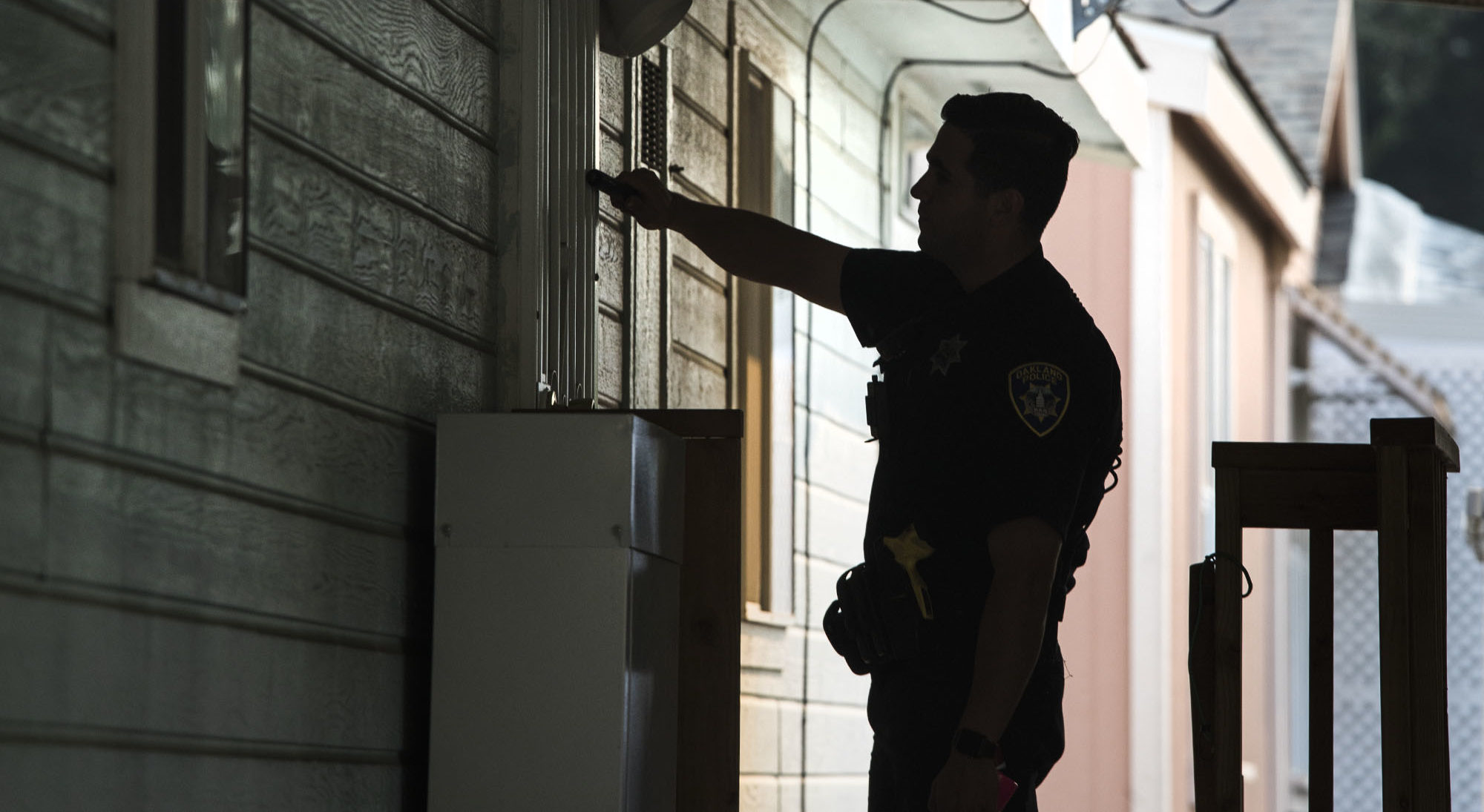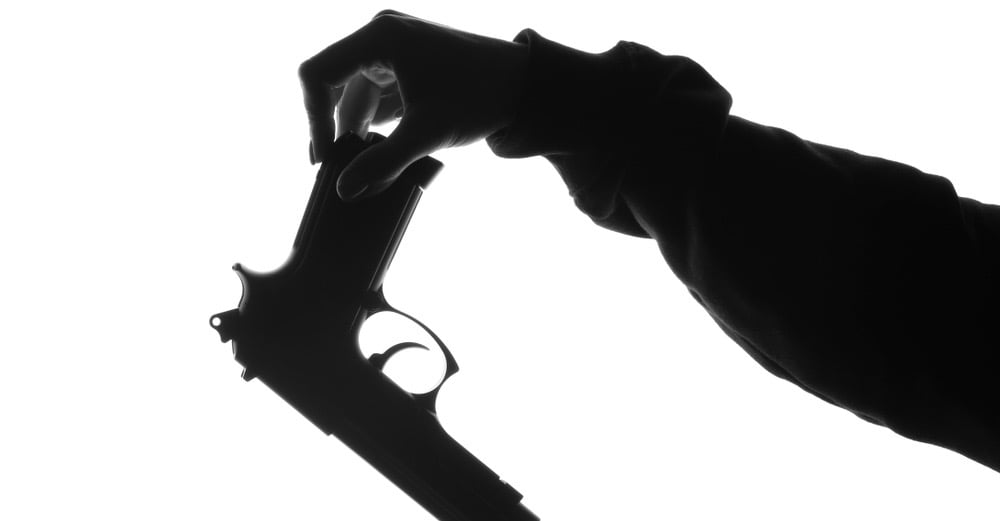In nearly two dozen previously unreported cases, Californians have used the state’s gun violence restraining order process to seize guns from potential mass shooters, according to a study published Monday in the Annals of Internal Medicine. Previous studies have shown that red flag laws that legally disarm gun owners who pose a public danger have proved effective at reducing gun suicides, but the new research sheds light on their potential to prevent mass shootings, as well.
“As a practical matter this adds impetus to the recommendation that if people see something, they should say something,” said lead author Garen Wintemute, a public health scholar at the University of California, Davis. “In states where the mechanism exists, saying something can lead to doing something.”
The study is the first peer-reviewed examination the use of red flag gun-seizure orders to prevent mass shootings. A total of 17 states plus Washington, D.C., have adopted such laws, known as gun violence restraining orders (GVROs) in California and extreme risk protection orders or risk warrants elsewhere.
Wintemute and co-authors Veronica Pear, Julia Schleimer, Rocco Pallin, Sydney Sohl, Nicole Kravitz-Wirtz, and Elizabeth Tomsich acquired records of 159 out of 414 GVROs issued in California between 2016, when its law went into effect, and 2018. Of those 159, 21 of the petitions involved mass shooting threats.
Wintemute and his colleagues could find no evidence that any of the 21 people whose guns had been seized had subsequently made good on their threats or otherwise committed an act of fatal violence against themselves or others after being disarmed.
The study authors acknowledged that it is impossible to know whether violence would have occurred if the GVROs had not been issued. “Nonetheless, the cases suggest that this urgent, individualized intervention can play a role in efforts to prevent mass shootings, in health care settings and elsewhere,” they write.
The study also paints a demographic portrait of the people that law enforcement and family members see as imminent mass shooting threats: The average age of the potential shooters was 35, and the group was overwhelmingly male and white. In the larger pool of all 414 GVROs, the average age was slightly older but still almost entirely male and majority white.
The research team’s findings shed light on how the orders are used. In eight of the 21 cases, police sought temporary “ex parte” orders to seize weapons, which a court issues in an initial emergency hearing without the gun owner present. Ex parte orders are the most controversial aspect of civil gun seizure laws: The National Rifle Association has said that it could hypothetically support red flag laws but vehemently opposes any such legislation that allows for ex parte proceedings.
Wintemute’s study suggests that a red flag law that didn’t allow for ex parte orders would not be as effective. “That limitation would undercut the primary purpose,” he said. “These orders are used in emergencies.”


